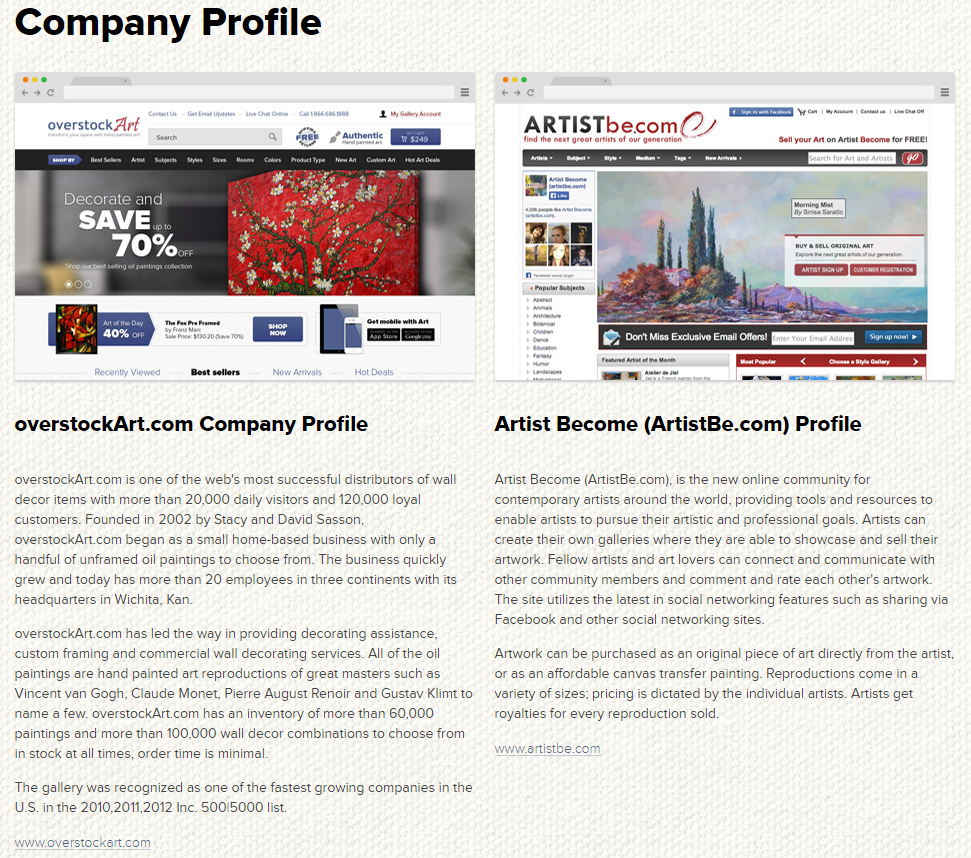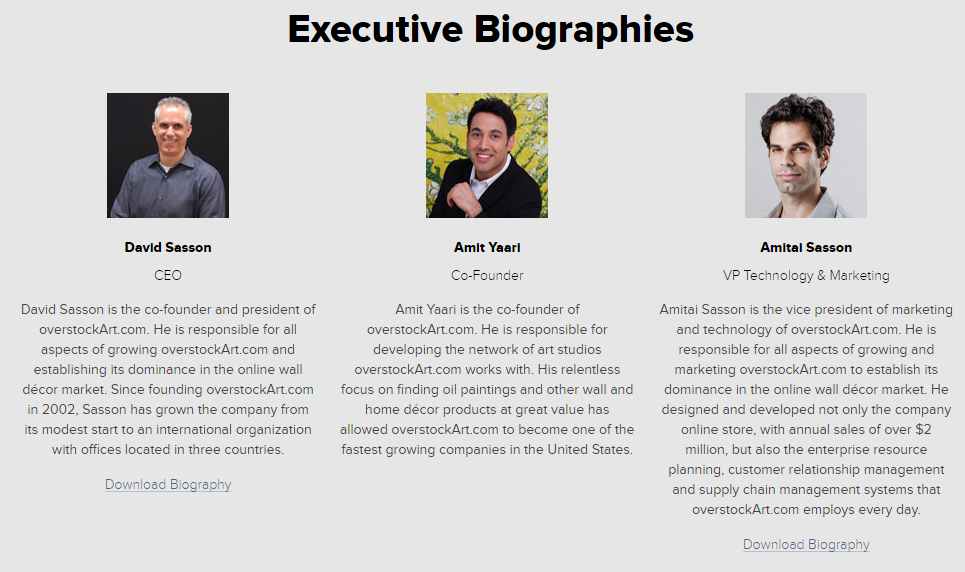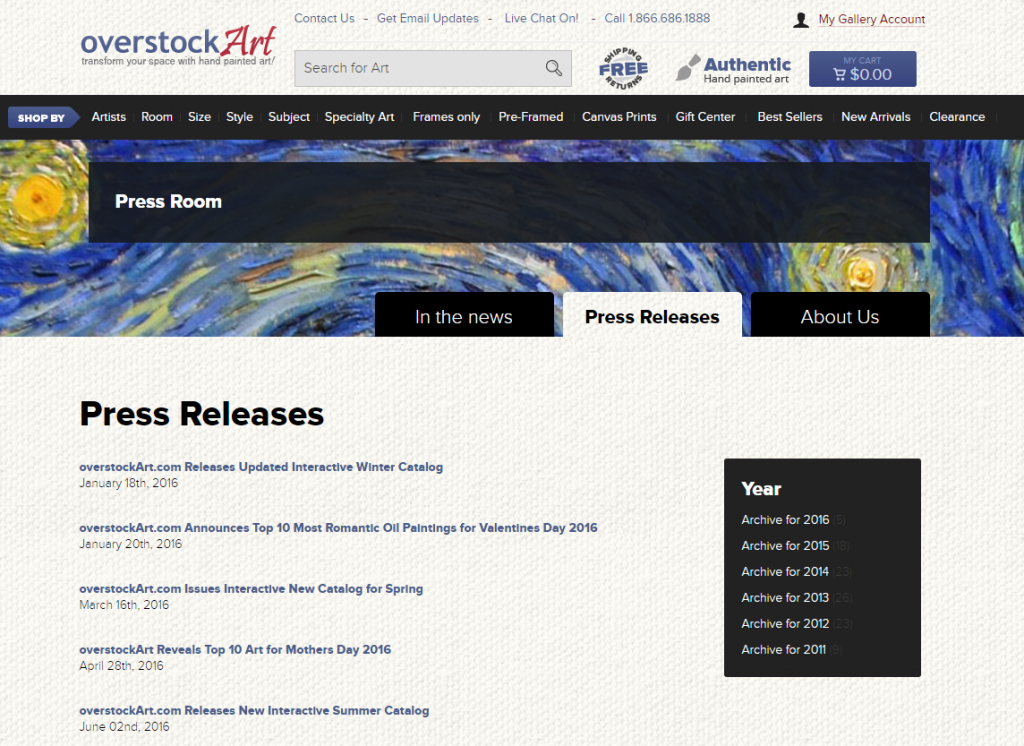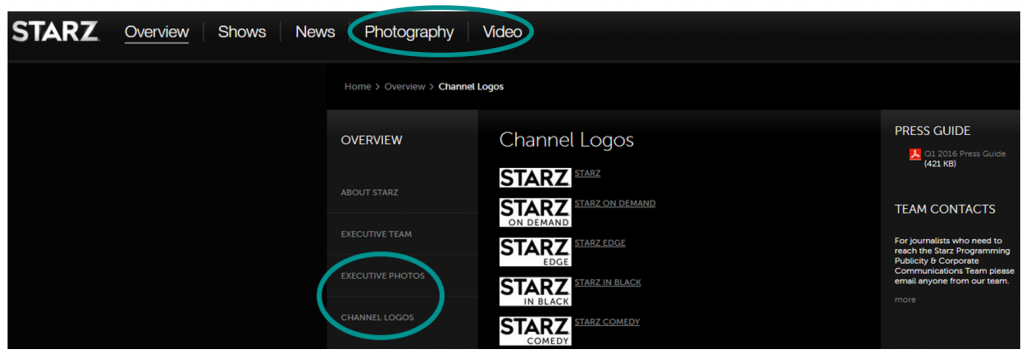Only 6% of journalists say that online media rooms meet their needs – with lack of access to useful contact information and multimedia content being the biggest deficiencies.
Why does this matter to you?
Imagine you’re announcing the launch of a new product-line that gives back 20% of its profit to indigenous children in need in South America.
A reporter at Conscious Company Magazine is assigned a story by her editor to write about the top 10 new socially responsible products to market. And because the reporter is a freelancer and doesn’t typically cover social enterprise, she begins doing online research looking to find new-to-market products to feature. She may find some of this information in press releases, but will most likely end up on a company’s website looking for information she needs.
Chances are, what that reporter finds on those websites is going to determine what ends up in her story. If she comes to your site and finds the information she needs, she is likely to reach out to connect with your brand. If she can’t find what she needs, she will quickly move on.
Here are the five must-haves for your media room to help your brand make it into the story:
1. An Easy-to-Find Media Room
We know journalists go online first when doing story research, in fact 95% of reporters surveyed by the digital communications platform ISEBOX stated they access company websites at least monthly, with 41% visiting newsrooms daily. When journalists come to your site looking for information about your brand, the first thing they typically look for is your “Newsroom,” “News,” “Press,” or “Media” page. If they can’t find it easily, they will quickly move on and you will lose out on the media opportunity.
Make your press page easy to find – either through a direct link on your home page, in your page footer or at the very least, through the “About Us” section of your website. Then include a search function within your media room to allow journalists to quickly search and find the information they need to cover your brand’s news.

2. Direct Contact Information
One of journalists’ major irritations is poor contact information, with 69 percent naming it as their top failing in a recent survey by the digital communications platform ISEBOX. Choose a dedicated contact for all media inquiries, and make their name, phone number and email prominent on your media room.
Provide a way to reach an actual person as opposed to a generic “contact” email address that goes into a shared account that isn’t monitored regularly. Media members work on tight deadlines and need to connect with their contacts quickly. The harder you make it for journalists to reach your business and media contacts, the less likely they are to try.

3. Company Information
Whether or not your media room is easy to find won’t matter if it doesn’t contain the right information. You need to ensure the information you provide meets journalists’ needs.
There is one thing the press expects to easily find on your media page, background information on your business. For starters, include a succinct company descriptor. Never more than a couple of paragraphs, this messaging should concisely describe your company, what it is you do and who you do it for.

It’s also helpful to share biographical information on key executives and thought leaders at your company. Journalists are constantly seeking experts to provide them with authoritative comments, quotes, and guest content. In addition to a typical biography, also include your thought leaders’ areas of expertise, so the media know who they want to speak to and what topics they can speak intelligently about.

4. A News Feed
Journalists come to your media room looking for news on your company. The key phrase here is “news” – they want to find new, timely content and stories that are relevant for their audience. Include a news feed in your media room that is updated on a regular basis.
Start by sharing your company’s latest news in a feed that features recent press releases and news announcements from your business. This will help the press understand who are and what you do and provide them will current story angles that may be a good fit for story’s they are working on.

Other items that are of use to journalists include recent news coverage, white papers, case studies, and even popular blog posts or articles published in industry outlets and publications. It’s important to keep it fresh by adding new content consistently and frequently – giving journalists up-to-date information and story ideas.
5. A Multimedia Gallery
Our attention spans have dropped to eight seconds, less than that of a goldfish. Journalists and their audiences don’t need lengthy text, they are seeking multimedia content to help tell their stories in a timelier, visual fashion.
By providing the media with easy-to-access images, videos and infographics that they can use, you’ll increase the likelihood that they’ll cover your brand. Be sure to provide instructions on how to credit and use these materials. The easier you make it for a journalist to access and use these resources, the higher the likelihood they will include them in their stories.

What content do you have already that is relevant and fitting for your online media room? What content do you need to create for your media room and who is going to create it? Develop a media room content plan and integrate it with your overall marketing strategy. Once you have a content plan and your media room is up and running, start promoting the information – let the media know who you are and what you have to share.
Rhiannon Hendrickson is the founder and CEO of Orapin, which helps purpose-driven organizations transform their random acts of PR into a strategic, consistent approach that generates greater awareness and impact. She has worked with organizations of all sizes across myriad industries and causes to develop earned media and thought leadership programs that generate awareness, engagement, and, ultimately, support for those that are making a meaningful impact.
